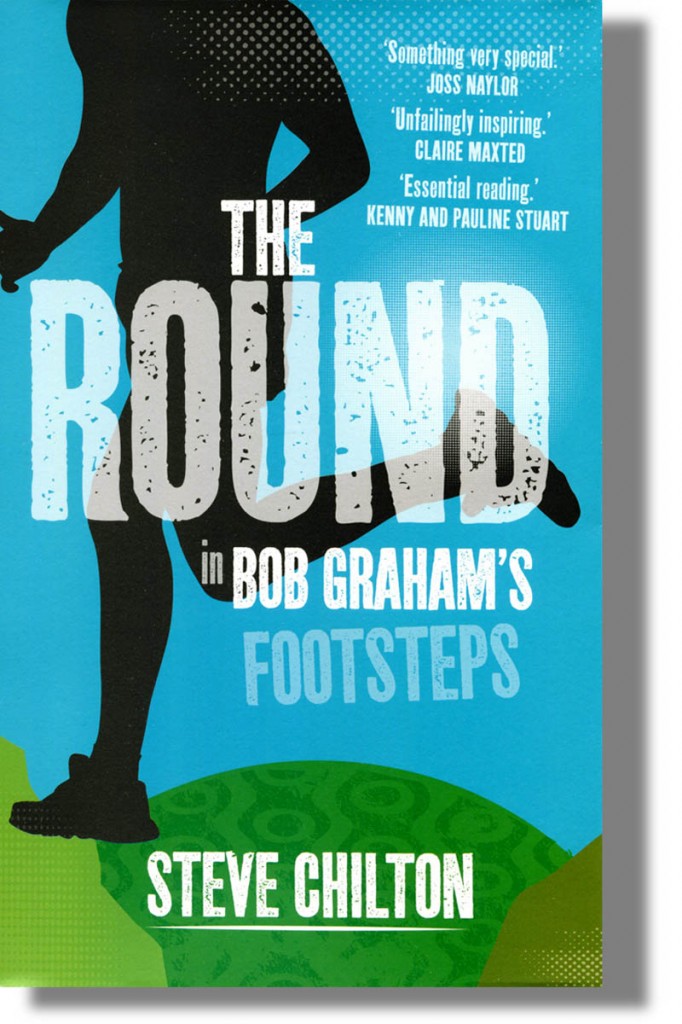On Sunday 13 June 1932, a teetotal, vegetarian Keswick guest-house owner set out on a challenge that would set the standards for Lakeland fellrunning for decades.
Bob Graham’s round of 42 Cumbrian mountain tops, one for each year of his age, was accomplished in a little under 24 hours and was run in tennis shoes and a pyjama top.
Steve Chilton’s book, subtitled in Bob Graham’s Footsteps, is a carefully researched and fact-packed examination of the run-up to the first and subsequent Bob Graham Round, further attempts at beating Graham’s record and the extension by various runners of the number of Lakeland fells that can be summited in 24 hours.
Chilton has used contemporary accounts and his own interviews of some of the biggest names in fell- and ultrarunning. He sets the scene for Graham’s attempt with details of the Victorian and Edwardian runners and walkers whose marathon efforts on the fells laid the ground for the 1932 and subsequent record rounds.
The modern Bob Graham Round traditionally starts and ends at the Moot Hall in Keswick and takes in 42 tops – though not necessarily the highest 42 in the national park – in its 100km (62-mile) route.
Chilton is meticulous in his detail – some might find The Round overfilled with facts. It’s a statistician’s delight. The author stresses the book is not a ‘how to’ volume; it’s an examination of how the challenge came about and how it was extended and continues to be extended.
There are chapters on such notable runners as Billy Bland, Nicky Spinks, Mark Palmer and Jim Mann. Modern-day devotees of nutrition may be surprised to see Mackeson and butties figure in early rounds.
There are insights from what Chilton describes as the unsung heroes of the Bob Graham Round, the pacers. These are the runners who provide encouragement, sometimes navigation, carry the food and water and generally urge on the BGR challenger, though not all use pacers to accomplish their solo rounds.
Bob Graham luminaries such as Martin Stone, Mark Hartell, Steve Birkinshaw and, of course, Joss Naylor, figure in the book, as you would expect. There are glimpses of what drives these runners but it would be good to have some insight into the ‘why’ as well as the ‘how’.
That said, there are enough interesting personal tales of the runners’ rounds to keep any Bob Graham Round aficionado enthralled throughout. And any lover of statistics will be well satisfied with Steve Chilton’s comprehensive coverage of the challenge.
The Round, In Bob Graham’s Footsteps, by Steve Chilton. Published by Sandstone Press, £17.99.
